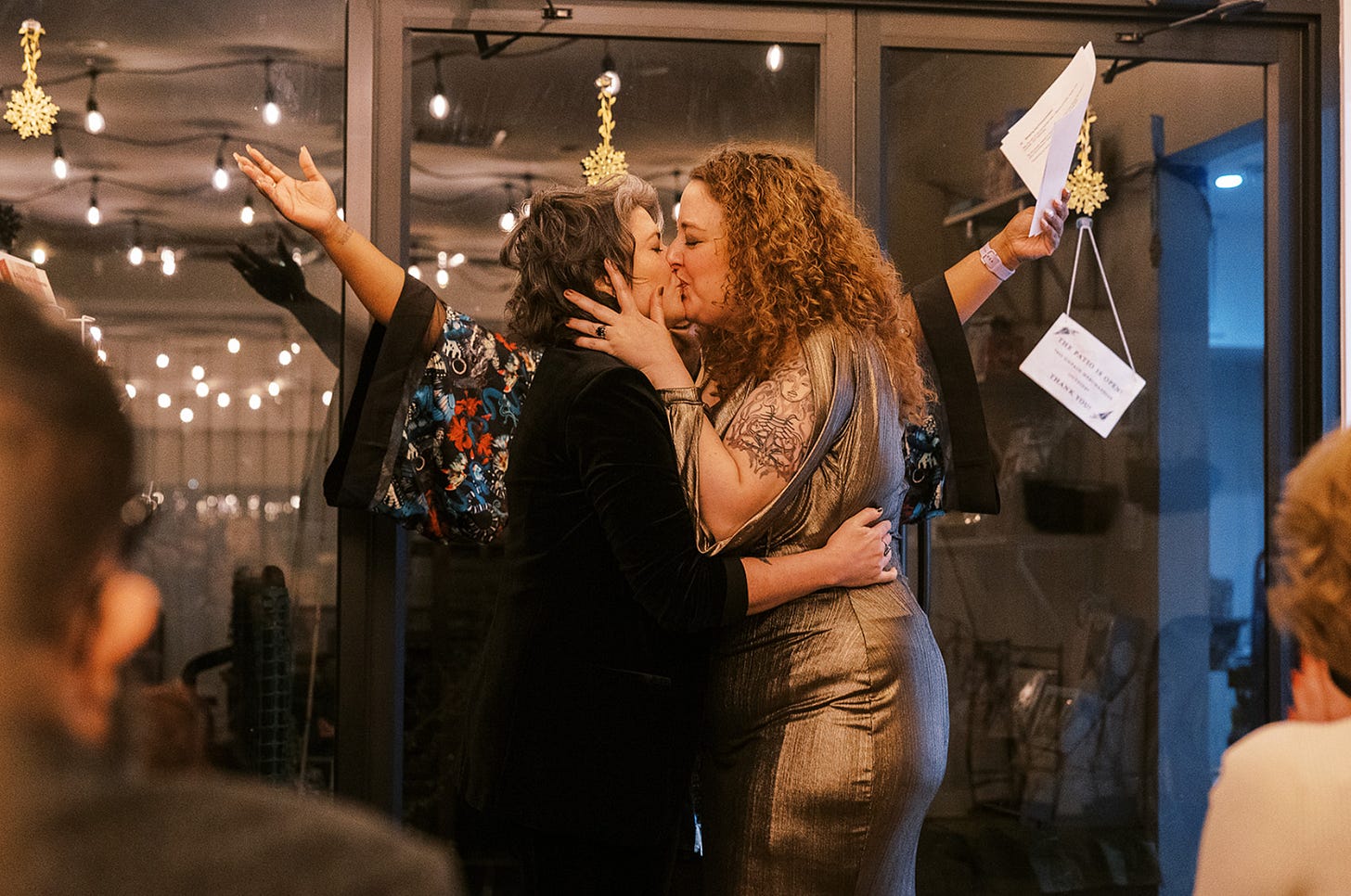astrology for writers is a labor-intensive, exclusively reader-supported publication. if you enjoy getting this newsletter in your inbox, please consider becoming a paid subscriber.
I’m officially back from my wedding & honeymoon hiatus. It was, suffice it to say, so good.

I want to…
